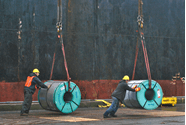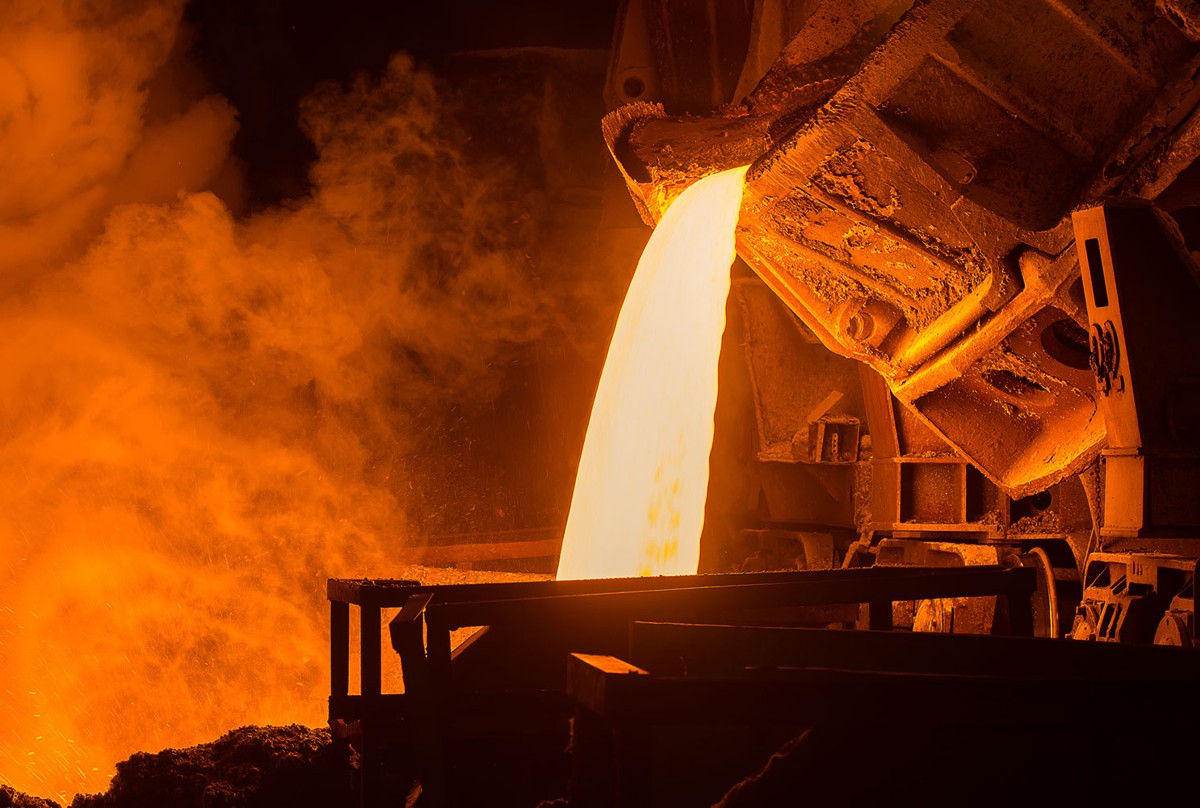Analysis

April 22, 2020
Home Sales Fall as Virus Restrains Buying
Written by Sandy Williams
Sales of new and existing homes both fell during March as the COVID-19 virus took hold of America.
New home sales in March plummeted 15.4 percent from February levels to a seasonally adjusted annual rate of 627,000, according to data from the U.S. Census Bureau and the Department of Housing and Urban Development. Sales were down 9.5 percent from March 2019.
“Despite the sharp decline in new home sales this month, the first quarter of 2020 was actually 6.7 percent higher than the same period last year, reflecting a strong pace prior to the virus outbreak,” said National Association of Home Builders Chairman Dean Mon. “While we expect to see some further impacts to the industry, we remain confident that housing will be a sector that will help lead the economic recovery.”
The median sales price of new houses sold in March 2020 was $321,400 and the average sales price was $375,300. Inventory at the end of March stood at 333,000 new homes for sale representing a supply of 6.4 months at the current sales rate.
“The drop in March sales reflects buyer concerns over the virus and was primarily concentrated in the hardest hit regions of the Northeast and West,” said NAHB Chief Economist Robert Dietz. “The weakening in sales is in line with our builder surveys that showed dramatic declines in buyer traffic and builder confidence in April. We expect further slowing of the pace of new home sales in April, as jobless claims continue to rise, before stabilizing later this year.”
Regionally, new home sales were down across all four regions: 41.5 percent lower in the Northeast, 8.1 percent down in the Midwest, 0.8 percent down in the South and 38.5 percent lower in the West
Existing Home Sales Fall
Existing home sales were down 8.5 percent from February to a seasonally adjusted annual rate of 5.27 million. Prices of existing homes continued to rise in every region, up 8 percent to a median price of $280,600.
“Unfortunately, we knew home sales would wane in March due to the coronavirus outbreak,” said Lawrence Yun, National Association of Realtors’ chief economist. “More temporary interruptions to home sales should be expected in the next couple of months, though home prices will still likely rise.”
Inventory was beginning to build earlier in the year and grew 2.7 percent in March to 1.50 million units. Supply is estimated at 3.4 months at the current sales pace. Quarantine recommendations will mean fewer homes on the market, limiting buyer choices, said Yun. “Significantly more listings are needed and more will come onto the market once the economy steadily reopens.”







